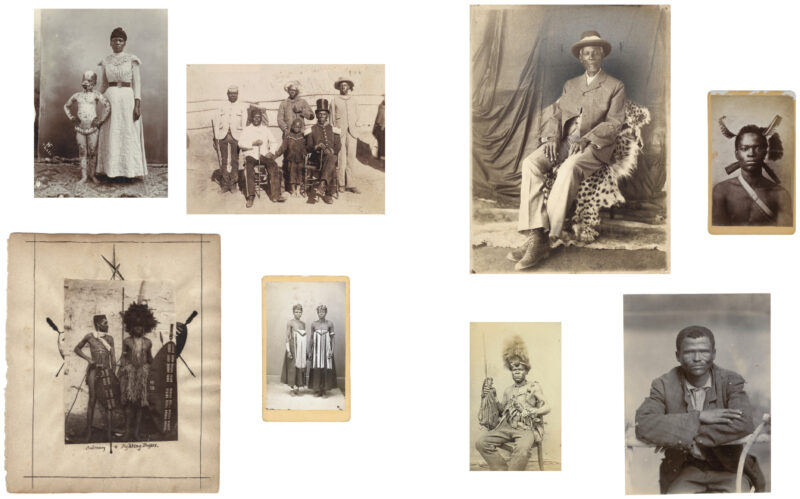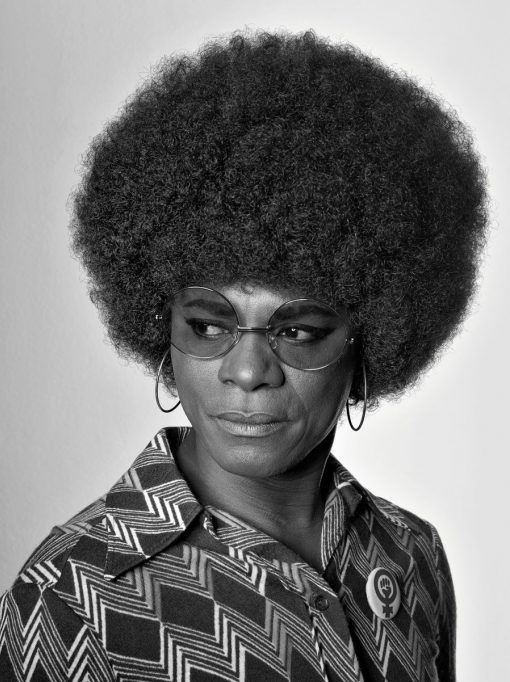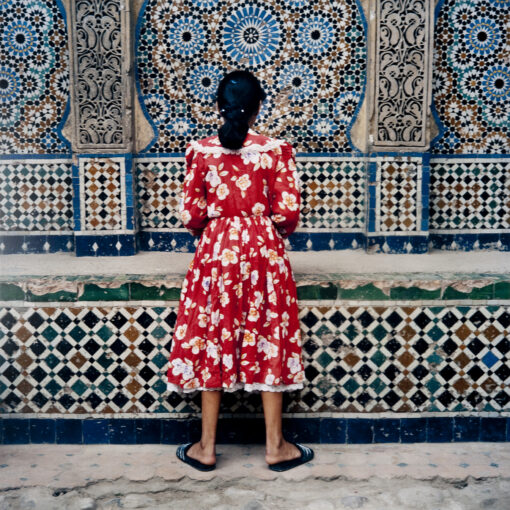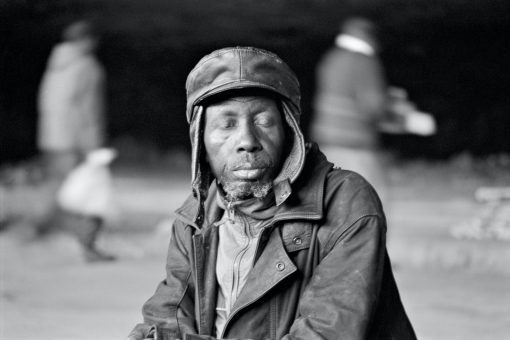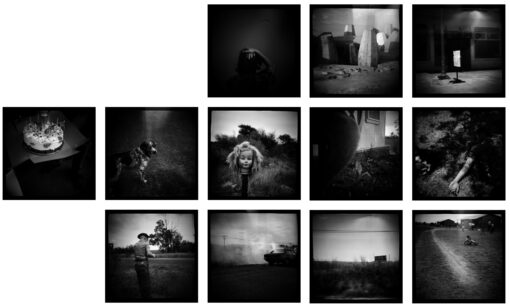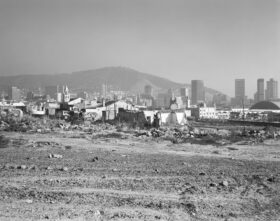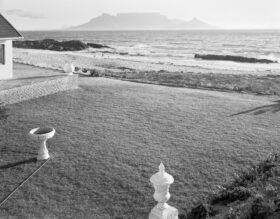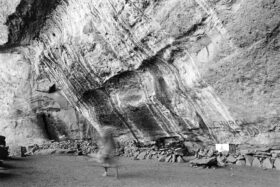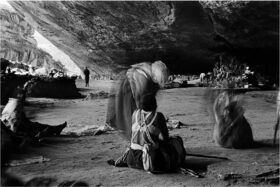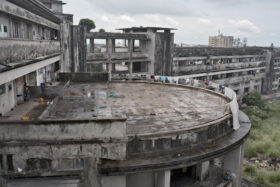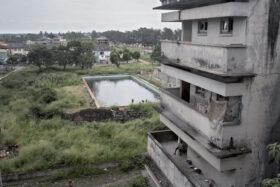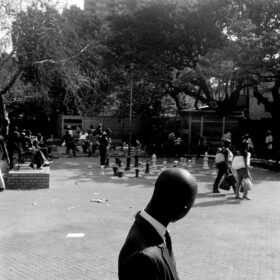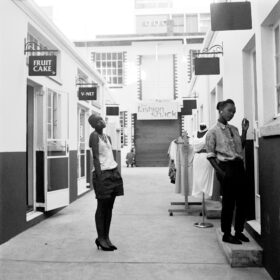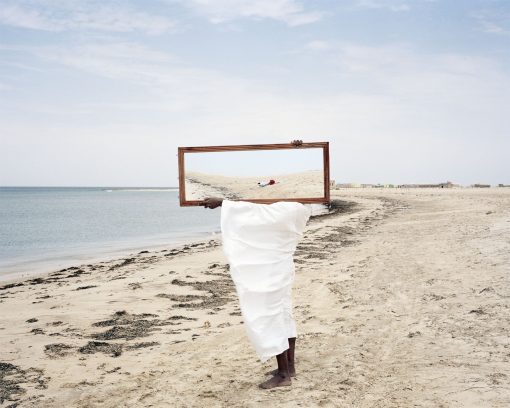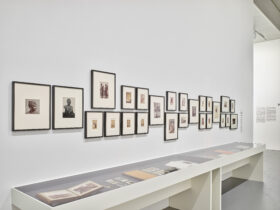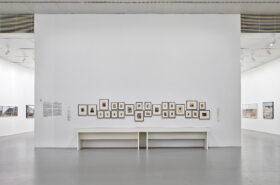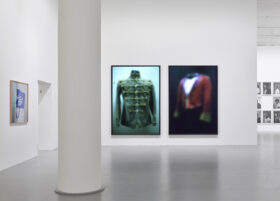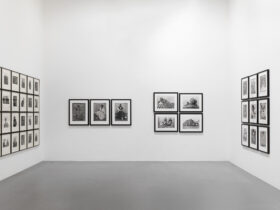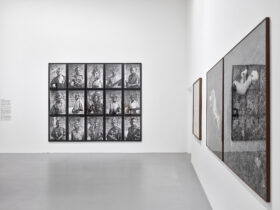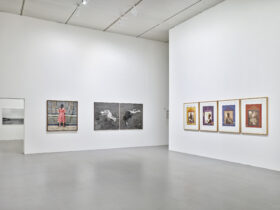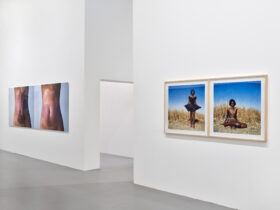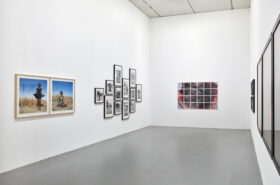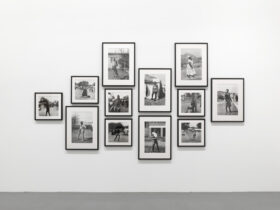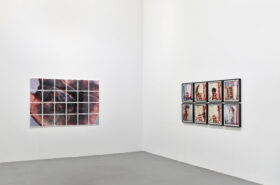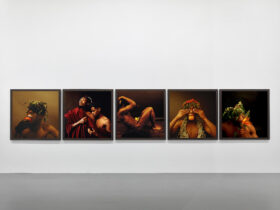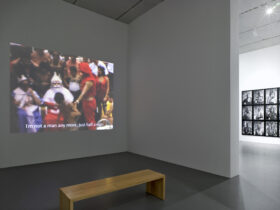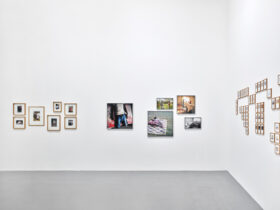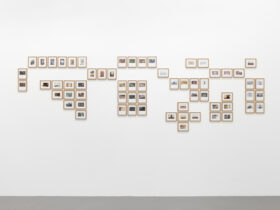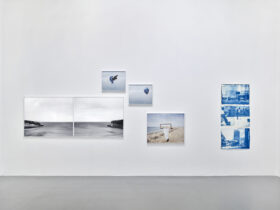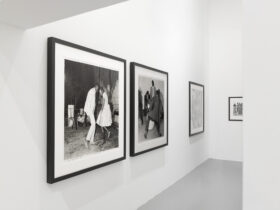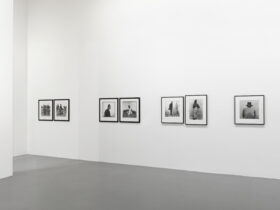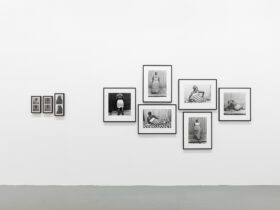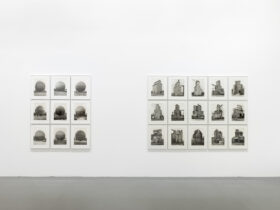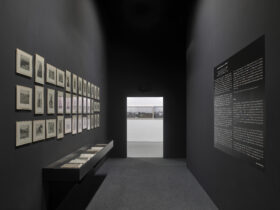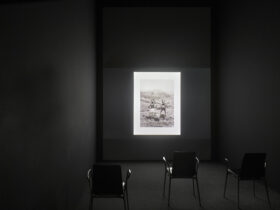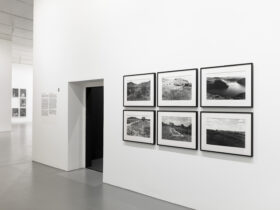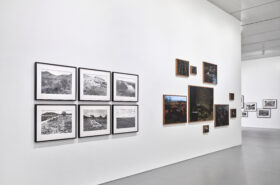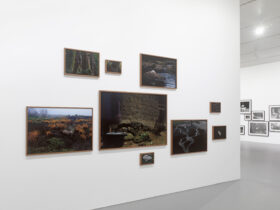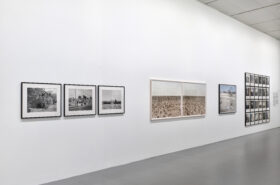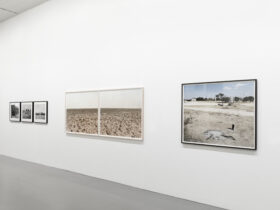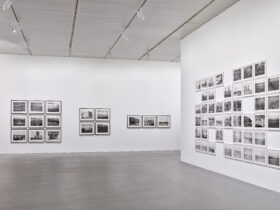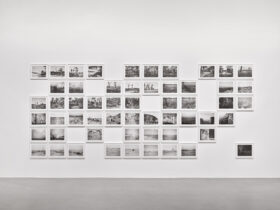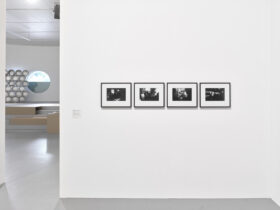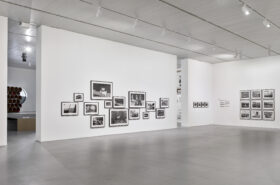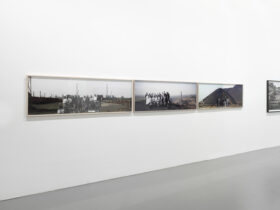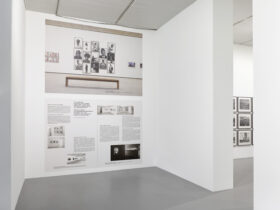Shifting Dialogues: Photography from The Walther Collection
Kunstsammlung Nordrhein-Westfalen, K21, Düsseldorf, Germany
4/9/2022 - 9/25/2022

Kunstsammlung Nordrhein-Westfalen, K21, Düsseldorf, Germany
4/9/2022 - 9/25/2022
How are cultural and historical processes of transformation reflected in the medium of photography? With more than 500 photographic works from Africa, its diaspora, and Europe, the exhibition Shifting Dialogues: Photography from The Walther Collection traces the development of photography as a history of transnational parallels and contradictions: showcasing the beginnings of ethnographic images during the colonial era, self-determined studio photography—and politics of self-fashioning—from the 1940s onwards, and the potent visual activism practiced by a constituency of contemporary artists in the present. The photographic and lens-based media artworks assembled here systematically reveal the ambivalent—and shifting—relationship between image and self-image, portraiture and social identity, representation and performance.
An important point of reference is the 2010 group exhibition Events of the Self: Portraiture and Social Identity, curated by Okwui Enwezor (1963–2019) for The Walther Collection. Enwezor, one of the most influential curators of recent decades, utilized the example of portrait photography to illustrate how photographic image production did not always develop in geographically or historically uniform, homogenous ways, but was characterized by multiple ruptures, contrasts as well as intimate dialogues. With his presentation, he emphasized “the conceptual and comparative relationship between different traditions of image-making” as well as the unfolding “changes in African identities and subjectivities from colonial to postcolonial modernity.”
A decade later, the Kunstsammlung Nordrhein-Westfalen pays tribute to Okwui Enwezor’s pioneering curatorial vision and the extraordinary commitment of the collector Artur Walther. Thanks to The Walther Collection's profound contributions toward expanding the cultural history of photography, we are now able to present groundbreaking projects which have hardly been considered within this museum’s discourse until now.
As in Events of the Self, and in the exhibition Distance and Desire (2013) curated by Tamar Garb, the pathway through Shifting Dialogues: Photography from The Walther Collection at K21 is marked by several dialogical juxtapositions—Seydou Keïta, August Sander, and Malick Sidibé; J.D. 'Okhai Ojeikere and Bernd & Hilla Becher; Santu Mofokeng and Alfred Martin Duggan-Cronin—that offer focused time capsules for contemplation. They sketch out the complex interrelationships between unfolding societal transformations, social change, politics of identity, and artistic production. Here, the myriad possibilities of documentary portraiture, the importance of typological, taxonomic, and serial structures for the medium of photography as well as the power – and ambivalent nature – of the photographic gaze are made evident.
The historical dialogues are accompanied by queer performative portraits by the late Rotimi Fani-Kayode (1955–1989) as well as conceptual bodies of works by contemporary artists such as Yto Barrada, Samuel Fosso, Sabelo Mlangeni, Zanele Muholi, Mwangi Hutter, Grace Ndiritu, and Berni Searle. Characterized by visual activism, social critique, and subversive politics, the works – produced largely in the early 2000s – question prevalent concepts of the (Black) body and break with conventional gender binaries, while challenging cultural appropriation and structural racism.
The photographic works of Theo Eshetu, David Goldblatt, Santu Mofokeng, Jo Ractliffe, Mikhael Subotzky, and Guy Tillim focus on the human habitat: the built environment, the dense structures of inner cities, or the vast, empty landscape with its imprint of historical trauma. Their works are inscribed with traces of (post)colonial and (post)industrial conflicts as well as testimonies to collective memory and spirituality.
© The David Goldblatt Legacy Trust. Courtesy Pace Gallery, New York, Goodman Gallery, Johannesburg
The voices of a younger generation of artists are represented in more recently acquired works by Edson Chagas, Em'kal Eyongakpa, François-Xavier Gbré, Délio Jasse, Lebohang Kganye, Mimi Cherono Ng'ok, Mame-Diarra Niang, and Dawit L. Petros. Their practice reflects a contemporary paradigm shift in post- and decolonial discourses, offering insights into the present possibilities and complex thematics of contemporary photography from an Afro-diasporic perspective that is at once plurivocal, subjective, and critically engaged.
The exhibition is curated for K21 by Maria Müller-Schareck and Vivien Trommer and conceived in collaboration with The Walther Collection. Consulting curator: Renée Mussai.
Advised by Contemporary And (C&)
Maria Müller-Schareck studied art history, archaeology, and Romance studies in Cologne and Bonn. She wrote her doctoral thesis on aspects of the reception of Dada in the 1950s and graduated in 1986. Following a curatorial fellowship at the Staatsgalerie Stuttgart (1987/88), she started as curator at the Kunstsammlung Nordrhein-Westfalen, Düsseldorf, in 1988. In collaboration with the Tate Modern, London, she realized retrospectives on the work of Agnes Martin (2015/16) and Anni Albers (2018). She was also part of the curatorial team realizing the extensive exhibition project “museum global. microhistories of an ex-centric modernism” from 2015 – 2018.
Vivien Trommer has been curator at the Kunstsammlung Nordrhein-Westfalen, Düsseldorf since 2021. Previously, she was a Kadist Curatorial Fellow in Paris, Curatorial Resident at Ludlow 38 in New York, and Curatorial Assistant at Kunsthalle Wien. She studied Curatorial Studies at the Städelschule and Goethe University in Frankfurt am Main, and Art History and Gender Studies at Humboldt University in Berlin. In 2020 she received her PhD from the University of Cologne.
Kunstsammlung Nordrhein-Westfalen / K21 Ständehausstraße 1 40217 Düsseldorf, Germany
